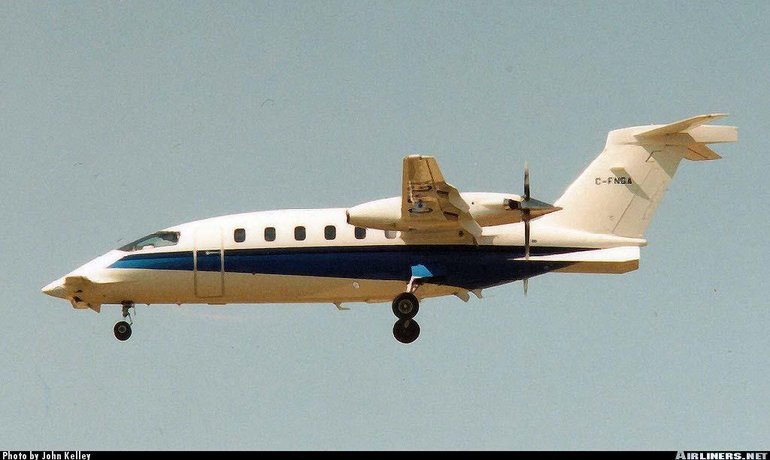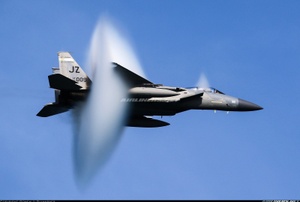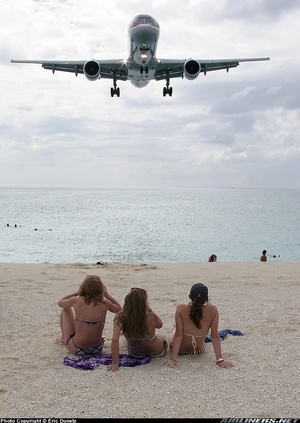Piaggio P.180 Avanti
Details
Country of Origin
Italy
Type
Twin turboprop executive transport
History
The innovative Avanti has been a slow seller despite its modern features, and jet like performance but turboprop operating costs.
Development of the Avanti dates back to program launch in 1981. Gates Learjet participated in Avanti development from 1983 and would have built the Avanti's forward fuselage, but instead withdrew from the program in January 1986. Not deterred by Gates' withdrawal, Piaggio assumed total control of the program, and all tooling and three forward fuselages for what would have been the Learjet P.180 were transferred to Italy.
Piaggio flew the first of two P.180 prototypes on September 23 1986, the second flew in May 1987. Italian certification was granted in March 1990, the first production Avanti flew that May and the first customer delivery took place in September 1990.
The unorthodox Avanti remains unique for a corporate aircraft in that it features three flying surfaces - the canard foreplane, wing and tail. This arrangement not only offers the benefits of the canard, but meant the wing could be positioned in the rear of the fuselage, so that it didn't intrude on available interior cabin space. The small natural laminar flow wing was designed by the Ohio State University. The pusher engine configuration was chosen to reduce cabin noise.
Composites are used in a number of areas, including the tail, engine nacelles, canards, outboard wing flaps, landing gear doors and the tail cone, but generally, unlike the Beech Starship, most construction is conventional. A three screen Collins EFIS flightdeck is standard, a five screen suite is offered as an option.
Twice Piaggio has increased the P.180's maximum weight, thus improving its payload range.
In November 1998 Piaggio was purchased by Tushav of Turkey, which planned to develop a stretched, jet powered development.
Powerplants
Two 635kW (850shp) Pratt & Whitney Canada PT6A66 turboprops driving five blade constant speed Hartzell props.
Performance
Max speed 732km/h (395kt), max cruising speed 644km/h (348kt). Initial rate of climb 2950ft/min. Service ceiling 41,000ft. Range with one pilot, six passengers and IFR reserves 2595km (1400nm).
Weights
Empty equipped 3400kg (7500lb), max takeoff 5240kg (11,550lb).
Dimensions
Wing span 14.03m (46ft 1in), length 14.41m (47ft 4in), height 3.94m (12ft 11in). Wing area 16.0m2 (172.2sq ft).
Capacity
Flightcrew of one or two (certificated for single pilot operation). Max seating in main cabin for nine in high density airliner configuration. Standard seating for seven in individual seats. Executive/VIP seating for five.
Production
Orders placed for approximately 42 Avantis (including three for the Italian air force for use as regional transports), with 30 built by early 1995. Production restarting against an Italian air force order for 12.
Related Links
Piaggio P.180 Avanti
The backbone of this section is from the The
International Directory of Civil Aircraft by Gerard Frawley
and used with permission. To get your own copy of the book
click here.


















